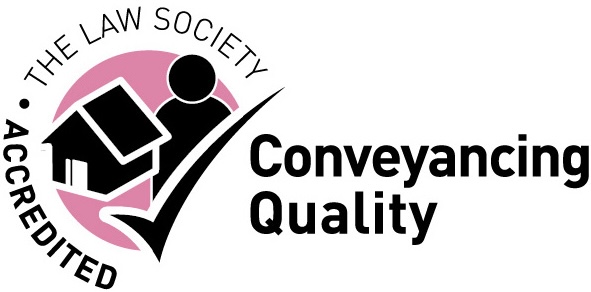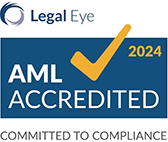Whether you’re buying or selling a house, you will come across a lot of terminology. Conveyancers are dealing with property transactions on a regular basis, but most people don’t move too often so it can be a bit overwhelming.
Here is a list of some of the more common documents you are likely to encounter:
A memorandum of sale is a document drawn up by the estate agent confirming that the seller and buyer have agreed to the transaction. It usually confirms the price agreed, both parties’ details and their respective conveyancers.
The draft contract is a drawn up by the seller’s conveyancer and sent to the buyer’s conveyancer along with the property information form, and the fittings and contents form.
The property information form is a standard form that the seller of a property is required to complete. It details things such as the property’s boundaries and whether the owner has had any disputes with neighbours.
The fittings and content form is another document completed by the seller of a property, detailing what the seller intends to leave or take from the property on completion.
Searches are conducted by the buyer’s conveyancer. There are different types of searches. The main one is a local authority search for the area in which the property is situated. It’ll give you information about your property such as whether it is in a conservation area and about development plans that might affect the property such as new road schemes. Additional searches may be carried out to uncover things such as flood or subsidence risk.
According to a YouGov report, 47% of people worry that the searches are going to uncover a serious problem that may affect the purchase. The reality though is that only 5% of searches do so.
Title deeds show who legally owns the land that the property is registered on and whether any mortgage is registered against it. They are registered with HM Land Registry. Your conveyancer deals with this document.
Most people buy a property with a mortgage. A mortgage offer is confirmation of how much the lender is prepared to lend to you.
The mortgage lender will want to see a valuation report which confirms the value of the property, before they confirm your mortgage offer. In some situations, it would be wise to arrange a survey on the property you intend to buy. This is more detailed than a valuation report and will examine the structure of the building and whether any repairs are needed. Surveys are carried about by surveyors and there are different types of survey available.
66% of buyers worry that the survey will reveal something that will affect the purchase. Again, this rarely happens – on average in 3% of cases.
If you’re familiar with these terms you will find it easier to understand what’s involved throughout the process of buying or selling your property.
For further advice please call LPL on 0333 305 5189 or email us at enquiries@lpropertylawyers.co.uk


